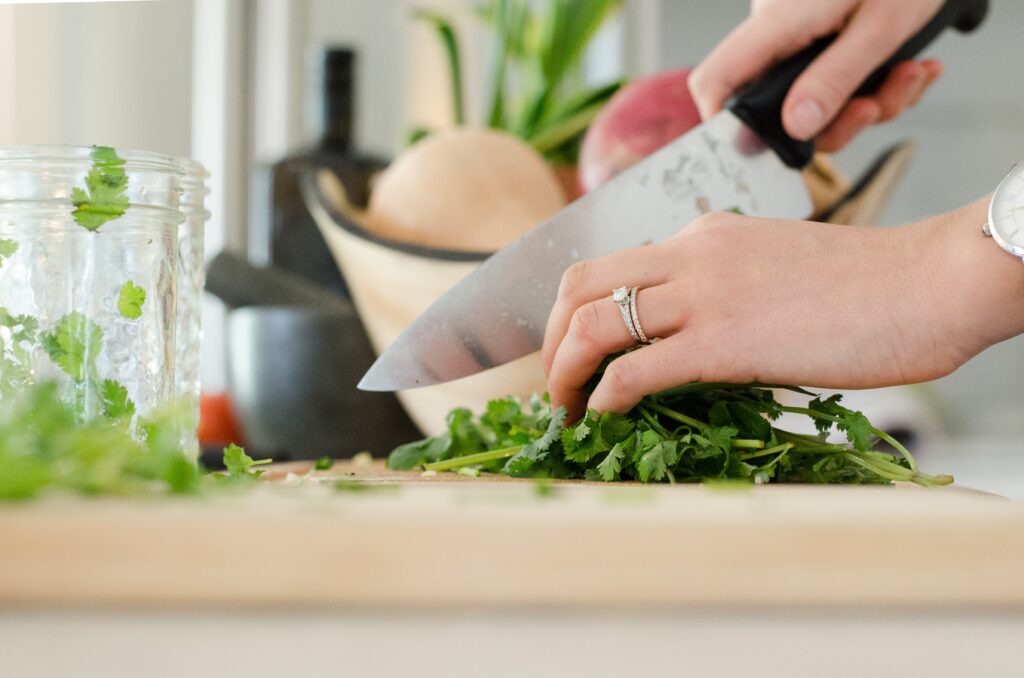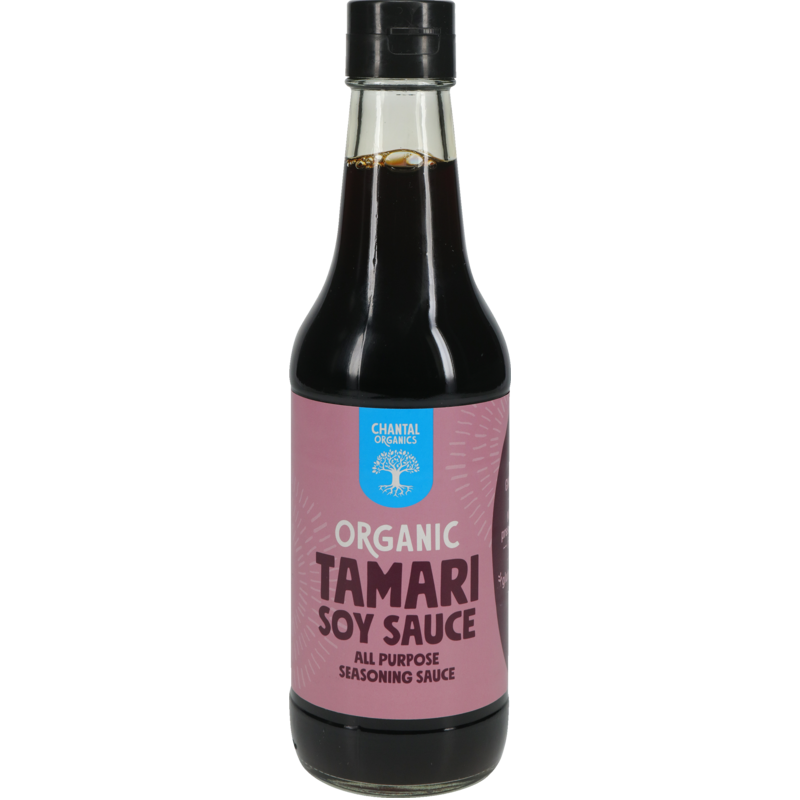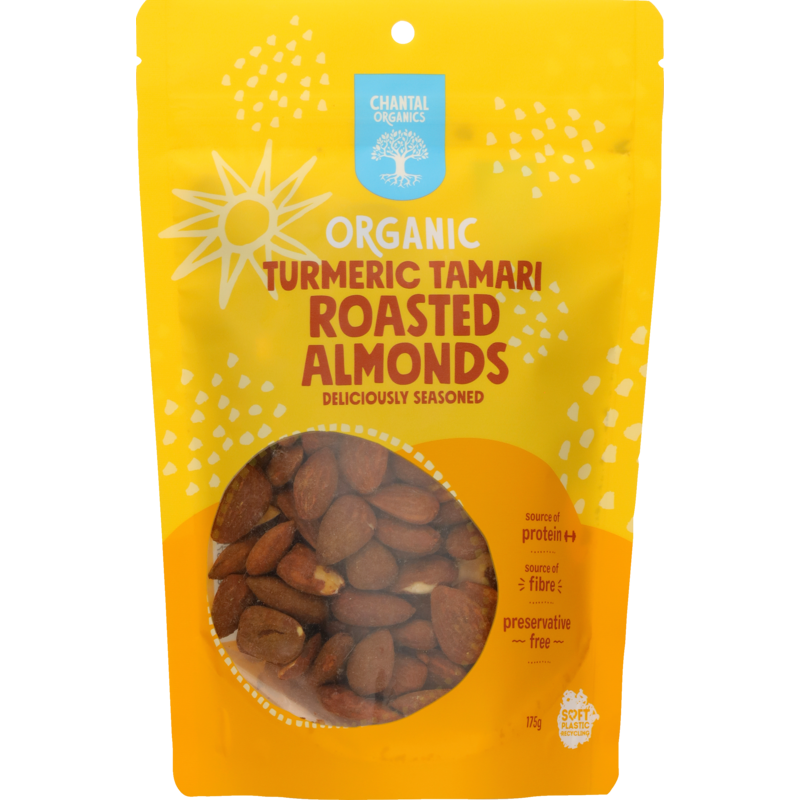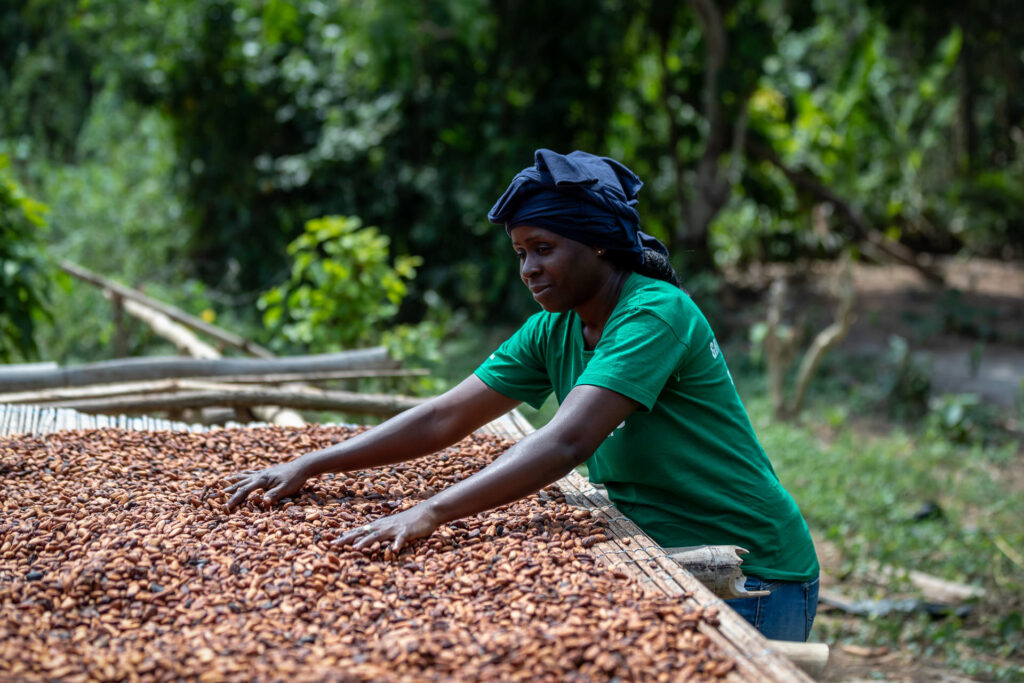
Make the most out of seasonal produce and reduce food waste to save money and the planet.
Summer brings an abundance of produce. Taking a low waste approach to summer produce takes a bit of planning, but is not only good for your budget, but the planet too.
During a time of global food uncertainty, it seems ironic that the amount of food wasted is growing. Food waste occurs in all stages of the supply chain, from what is produced on farms and in factories to the excess that supermarkets throw out. However, did you know: the largest proportion of food wasted, is from households?
A London-born initiative, Love Food, Hate Waste, aims to reduce the amount of food that households are throwing away. The NZ branch set out to see how much food waste NZ households create each year. And what can be done to reduce this.
“New Zealand households throw away 157,389 tonnes of food a year. That is equivalent to 271 jumbo jets of food that has to go somewhere to rot, instead of being eaten. This amount of food is worth about $1.17 billion each year.”
How do we know this? They went through NZ rubbish bins! Find out more about the 2018 study here.
Along with a total amount of food waste, this study also showed us the 3 main reasons New Zealander’s throw out their food
- Leftovers are not being eaten.
- Many people buy too much food.
- Food is not stored properly and therefore goes bad.
The top foods being wasted are: Bread, leftovers, citrus, apples, chicken and bananas.
We are not alone in this, food waste is a global problem.
“One third of food produced globally is wasted; that is 1.3 billion tonnes of food that is never eaten.”
Check out this quick video on the global Food Wastage Footprint .
Consider this:
- 25% of all fresh water consumed each year is used to produce food that goes to waste
- 300 million barrels of oil are used each year to produce food that goes to waste.
When unwanted food is thrown into the bin, it may be hard to consider the long-term consequences of this action. Throwing food out, not only wastes your hard-earned money, but it also costs the planet too. Here are some of the environmental consequences:
- Greenhouse Gas emissions. When food ends up in landfill, it decomposes without oxygen, and as a result, it releases methane, a harmful GHG. If food waste was a country, it would be the third largest producer of carbon emissions behind China and the United States.
- When we waste food, all of the resources that went into growing and making it go to waste. This includes the soil and nutrients, the water and the farmer’s time.
- The more food that we waste, the more food we need to produce. This constant need to produce more puts additional pressure on the environment. For example, 25 million acres of land are deforested each year in order to grow food. This is happening despite the fact that we are actually producing enough food to feed the world.
- The cost to the earth to produce food include: eroded land and depleted soil, cleared forests, the excess use of water which increases the water scarcity problem, loss of land including wetlands and biodiversity, which all leads to climate change damages.
- Why should we worry about wasting water? Watch this quick clip to get the scoop.
- Waste of the materials, manufacture and disposal of the food packaging. The oceans and landfills are already full of unnecessary plastic waste, that is not going away.
- Meanwhile, there are people around the world who are hungry. There is enough food produced for everyone, it is food wastage and poor distribution of the food that leaves people without enough to eat.
The Good News
Although this all sounds very depressing, there is good news. Worldwide awareness around food waste is growing. Here are just a few things that are happening:
- In France it is now illegal for supermarkets to throw away edible food. Instead they must donate it to charities and groups, who will supply it to those who need it.
- The United States has announced a goal to reduce its food waste by 50% by 2030.
- A programme in South Korea has been implemented where people have to pay to dispose of their food waste, thus encouraging people to reduce their waste. The collected food is then turned into animal feed, fertilizer or burned to generate electricity.
- Love Food Hate Waste began in the United Kingdom in 2007 and was the first major campaign to tackle food waste. It has been successful in achieving an 18% reduction in household food waste. The campaign is also being run in Canada, New South Wales, Victoria, Brisbane and now New Zealand too!
What can YOU do to help?
Save money and the planet, by Creating a Low Waste Kitchen
“The average NZ family throws away 3 trolleys of food a year. That works out to about $560 a year.”
Join the global movement with these 6 tips:
1. Utilise Seasonal Abundance.
Whether you grow it or buy it from local growers, chances are there is an abundance at harvest time. Often whatever is in peak season is priced well to sell. This is the perfect time for picking up a large amount of vegetables for batch cooking or freezing. It’s a good idea to stock up when prices are low and enjoy the benefits later. Learn how to minimize food waste, cut costs and help save the planet too!
- Tomatoes – Make a large batch of pasta sauce and freeze half for a quick dinner on a busy night. If your pressed for time, freeze the whole tomato, here is a guide on how best to do so.
- Basil – try this delicious vegan pesto and freeze half in a reusable container. Or freeze individual servings in an ice cube tray and then store them in a reusable freezer bag.
- If you’re looking for an oil free, vegan pesto, this Kale & Basil pesto is delicious. It uses aquafaba and the results are amazing!
- How about all those courgettes? These can be frozen, but keep in mind they have a high-water content, so can come out mushy when thawed. Therefore, courgette is best chopped or shredded prior to freezing. Courgettes tend to come all at once. Here is a bit of recipe inspiration to utilise all your summer courgette:
- Grate it into salads, spaghetti sauce or curries
- Make it into a sweet loaf or breakfast loaf,
- Healthy zucchini recipes: zucchini brownies or paleo zucchini fries
- Raw ribbon salad and Slow cooked courgette sauce for on pasta.
- Berries are easy to freeze and great to use later. Simply spread berries out on a tray and freeze them. Once frozen store in a reusable freezer bag. This ensures the berries are free flow, easy to use and not getting smashed in the bag. Here are the finer details on how to freeze berries.
- Using frozen berries: In a smoothie, the frozen texture adds thickness and coldness.
- In baked goods. Use wherever fresh berries are called for, no one will notice a difference
- We love these muffins, Mini Berry & Almond Cakes, as they are low sugar and offer a gluten free option too.
- This Lemon & Raspberry Loaf is divine too.
- Use frozen berries to make jam later, when you have enough berries on hand or have the time to make it.
- Do you have an abundance of green tomatoes at the end of the season? Think Chutney. Simple. Low waste. And versatile, it can jazz up any meal.
- Beetroot – use the greens as you would silverbeet or chard. Roast or boil several beetroot at a time. Once cooked beetroot is really versatile and can be added to salads, on top of pizzas, in sandwiches or smoothies and more. For something new, try Beetroot Ragu!
2. Low Waste Tricks to Use in the Kitchen.
- Use stems from broccoli or kale. Chop them up and add to soup, sauté, roast/grill, or add them to your favourite coleslaw recipe.
- Vege peelings – these can be saved and used to make stock.
- Look for Low waste recipes, such as this Cauliflower & Black Bean Traybake, which uses every part of the cauliflower.
- We love this no waste recipe, Whole Maple Roast Squash with Turmeric Tamari Almonds & Hemp Seeds, which uses the entire squash – skin, seeds and all!
- Avoid sending food waste to landfill. Start your own compost or sign up for a local green waste collection bin. Share it with your neighbour and split the cost.
3. Veggie Storage Hacks to Avoid Waste

- Celery – Store like flowers, cut the bottom off and put he stalk in a jar of water. Store on the bench or in the fridge. The leaves are also edible, use them as you would parsley.
- Tomatoes – store in a bowl on the bench, not the fridge, as this turns them mealy. Freeze whole tomatoes before they go rotten.
- Fresh Herbs should also be stored like flowers, in a jar of water on the benchtop.
- Spinach can easily be frozen to use later. No need to blanch it first, simply put the clean leaves into a freezer proof bag and freeze. Pull out as you need it.
- Bananas give off ethylene which accelerates their ripening (and the ripening of any other produce nearby). Peel, cut and store bananas in a reusable freezer bag. Use frozen banana in smoothies, baking or to make vegan ice cream.
- The peels can be blended up with a bit of water and used to fertilise roses. It’s also great for deterring aphids.
- Avocado – there are numerous suggestions on how to save a cut avocado from going brown. Rub it with lemon juice or olive oil. Cover it with a beeswax wrap. Or pop a slice of onion, along with the opened avocado into an airtight container. Whatever method you choose, leave the stone in, it protects the avocado underneath it.
- Lemons and limes. You can freeze the juice in ice cube trays, or another option is to freeze the whole fruit. Frozen citrus is easy to zest and provide more juice when thawed. Perfect for lime season!
- Broccoli – simply peel the rough outer skin off the stem. Then cut the florets off, including a long stem.
- Use the full fennel bulb. Cut the stalks from the top. These can be chopped and used alongside the bulb itself. The fronds become the perfect garnish, or use as you would parsley. Cut the bulb in half, then chop and dice like you would an onion. Trim off the stem, using a triangle cut to get the tough core out. Cut wedges for roasting. Or slice thinly for eating raw. In which case, soak thin slices in lemon water to keep it from going brown.
- Store onions in a cool, dry, dark place, away from potatoes. They cause each other to sprout.
- Carrots are popular, they can be found in just about every New Zealand fridge. Placing carrots in an airtight container lined with a paper towel will extend their life for up to 10 times longer than if you just leave them loose in the fridge.
- Once a carrot is peeled and cut, store it in a container, covered with water. This is perfect for lunch prep for kids’ lunchboxes for the week.
4. Share with Your Community
Have you heard of OLIO? OLIO is a free mobile app for food sharing, that aims to reduce food waste. The goal is to connect people who have a surplus of food to those who need or wish to consume such food. It was founded in London in 2015 and now serves 49 countries worldwide. Join millions of neighbors all over the world who are using OLIO to share more, care more and waste less.
If you have an abundance of food and can’t get through it all, consider sharing it with neighbors and those in your community through OLIO. It’s free, easy and feels good to be part of the sustainability movement.
5. Reduce the amount of meat you eat
We are not implying you become vegan overnight. Instead, make a start by creating awareness around your food choices. Being aware of the sustainability of your food choices can help you make more eco-friendly conscious choices. Did you know it takes 15,415 Litres of water to produce 1kg beef. If you eat a 200g steak that would take 3083 litres of water. While plants require much less water, consider eating more plants and making some meals meatless. Need some recipe inspiration? Find it here.
6. Choose Fairtrade



Fairtrade Foundation / Cotes d’Ivoire
If chocolate is part of your main diet, you may have seen it at the top of the list for water usage. Therefore, choosing a Fairtrade chocolate is the way to go. Fairtrade not only supports the farmers with getting a fair wage, but offers education around sustainable farming practices such as adapting to climate change, reducing greenhouse gases, avoiding deforestation and reducing water wastage.
Reducing food waste requires everyone to do their part. No matter what your dietary preference is, becoming aware of how sustainable your food choices are, is a great first step. Storing and utilizing the food you buy is the next step. The more you learn, the more sustainable choices you can make, for both your budget and the planet.
PRODUCTS MENTIONED












